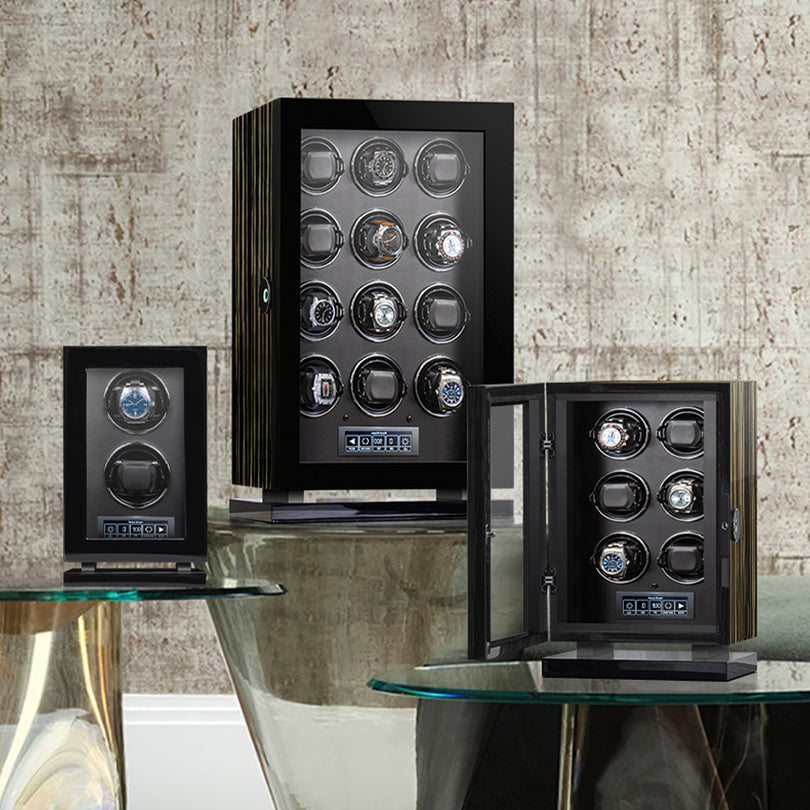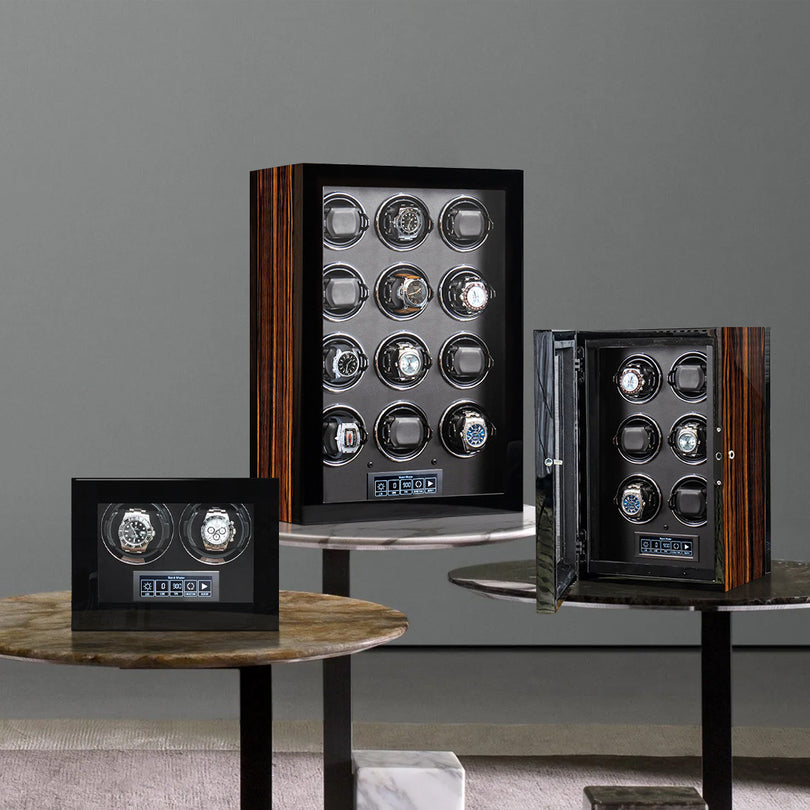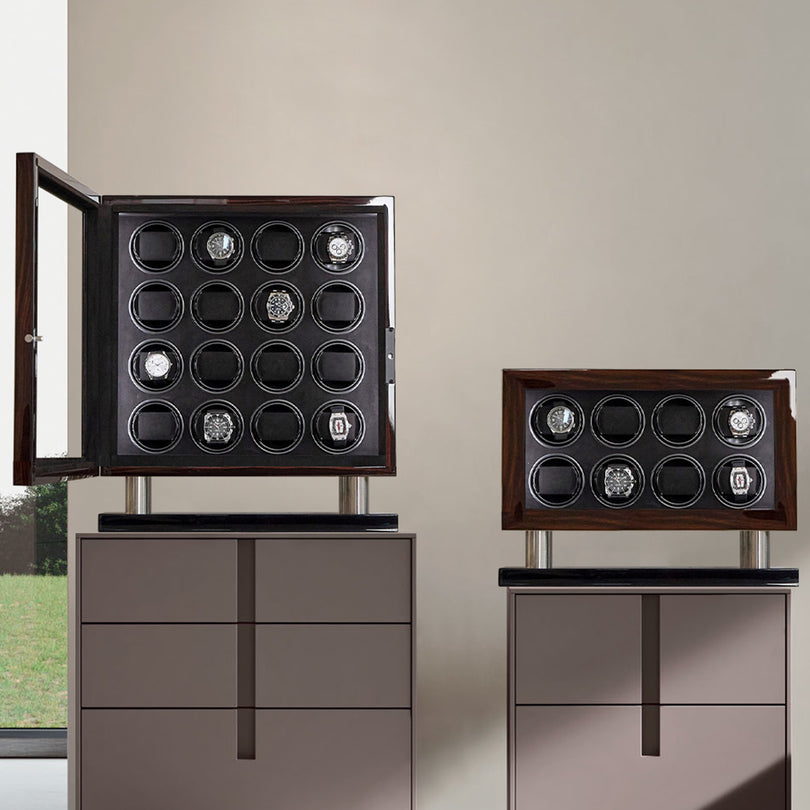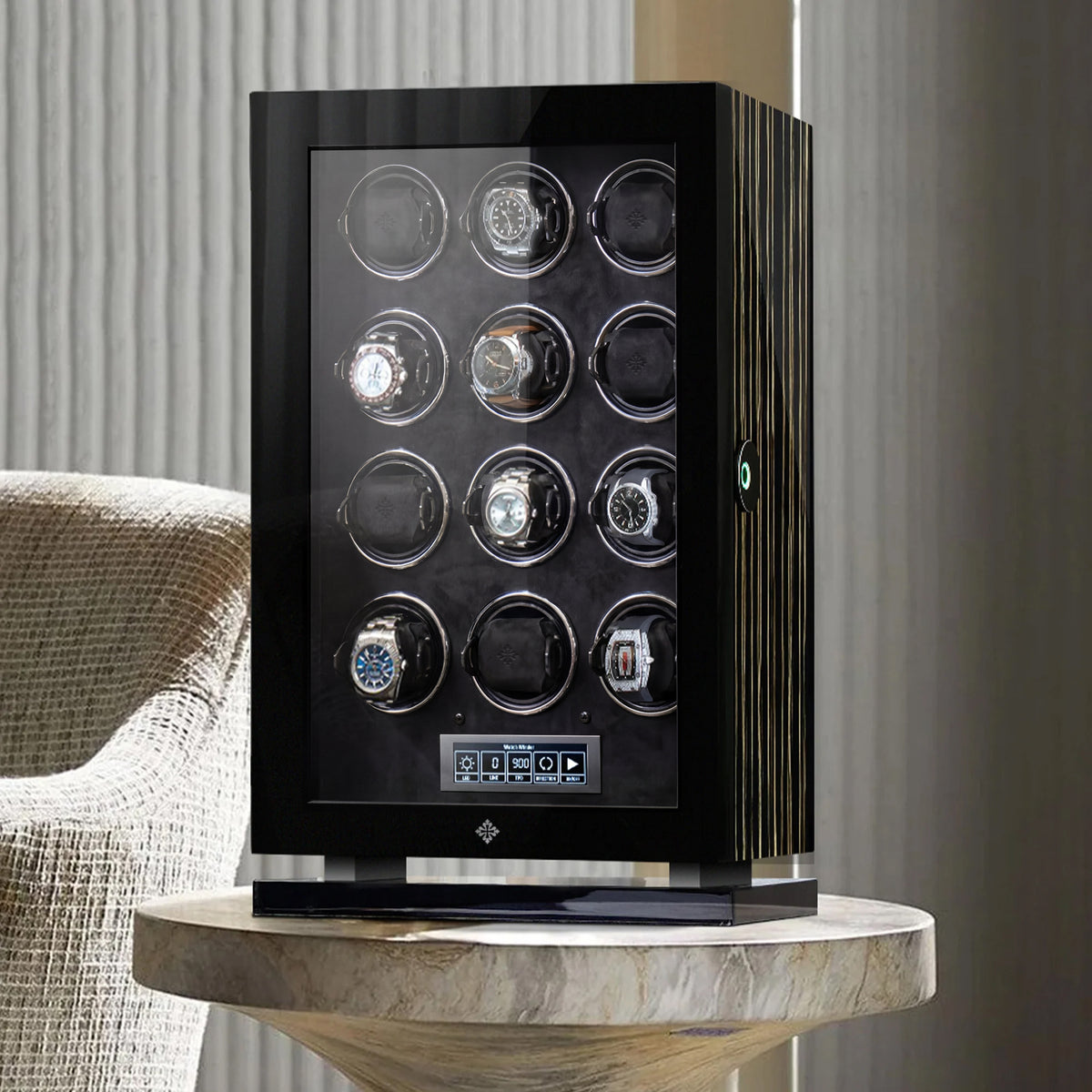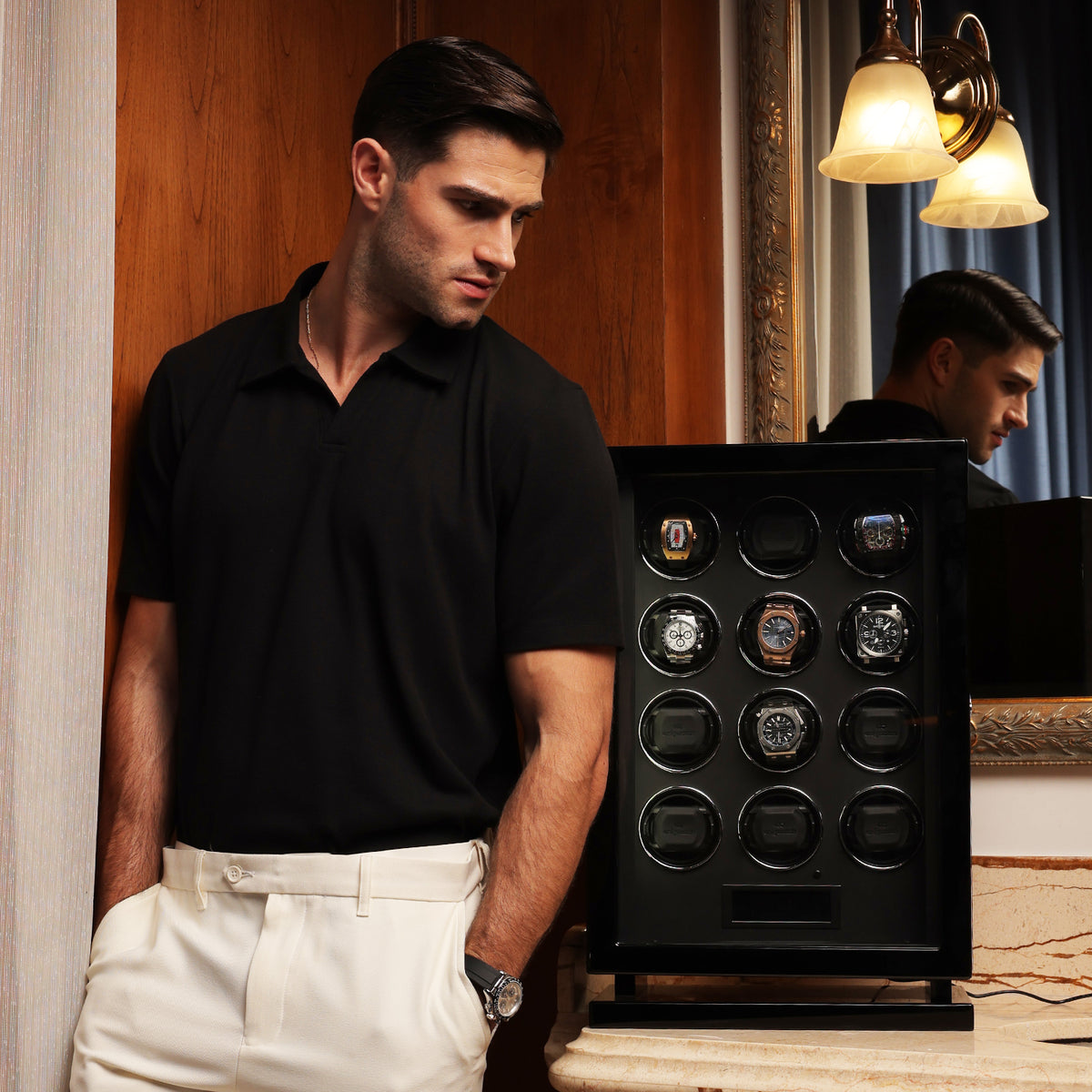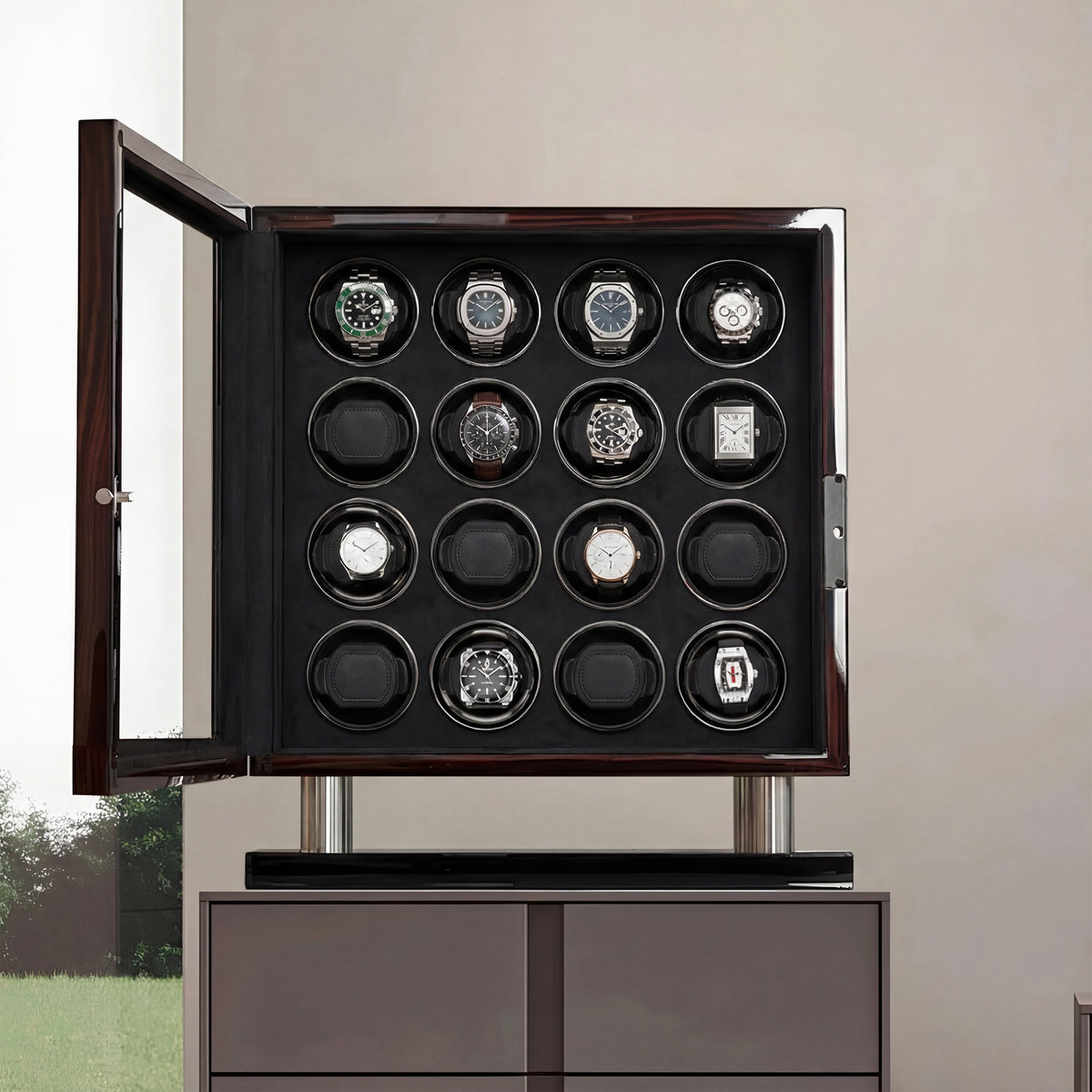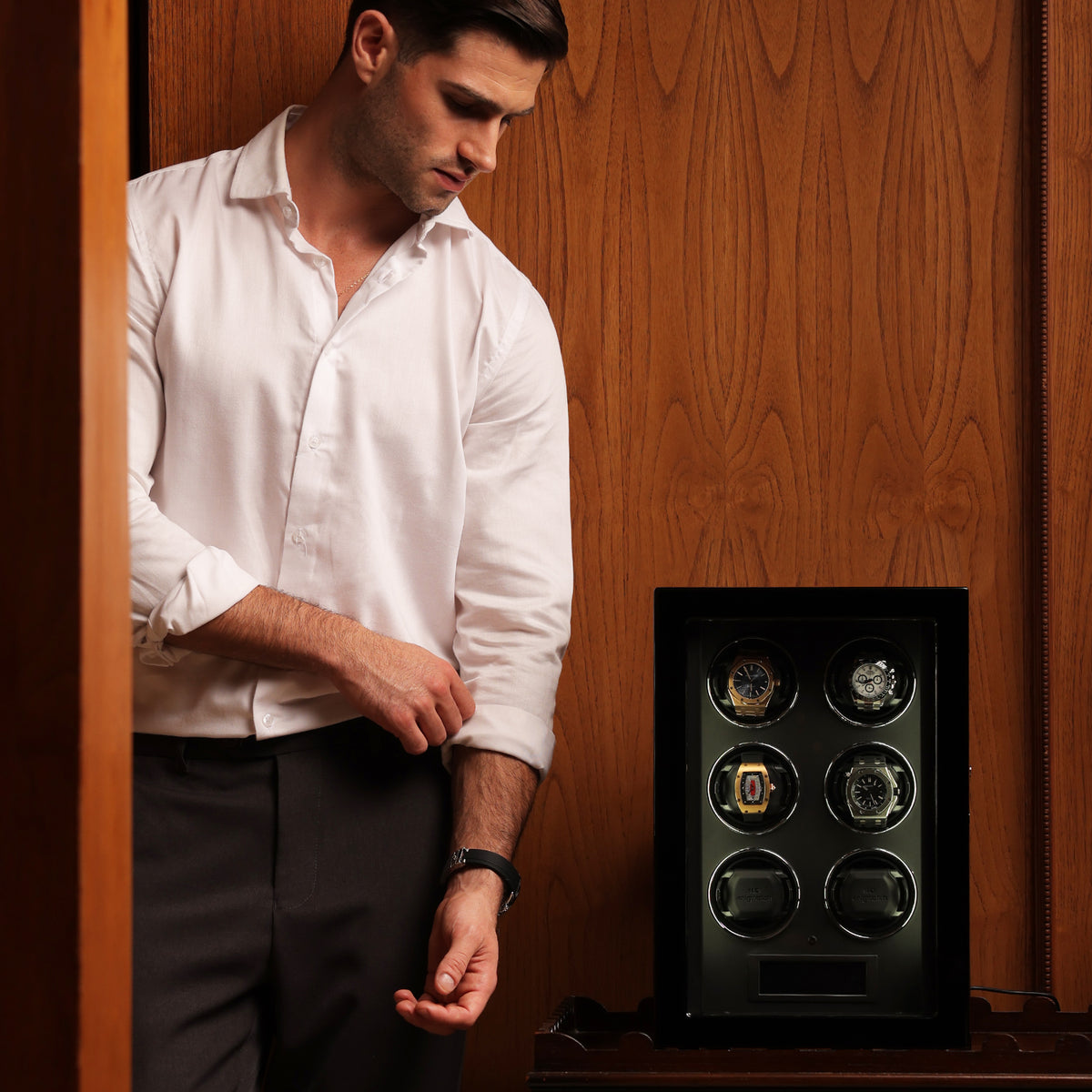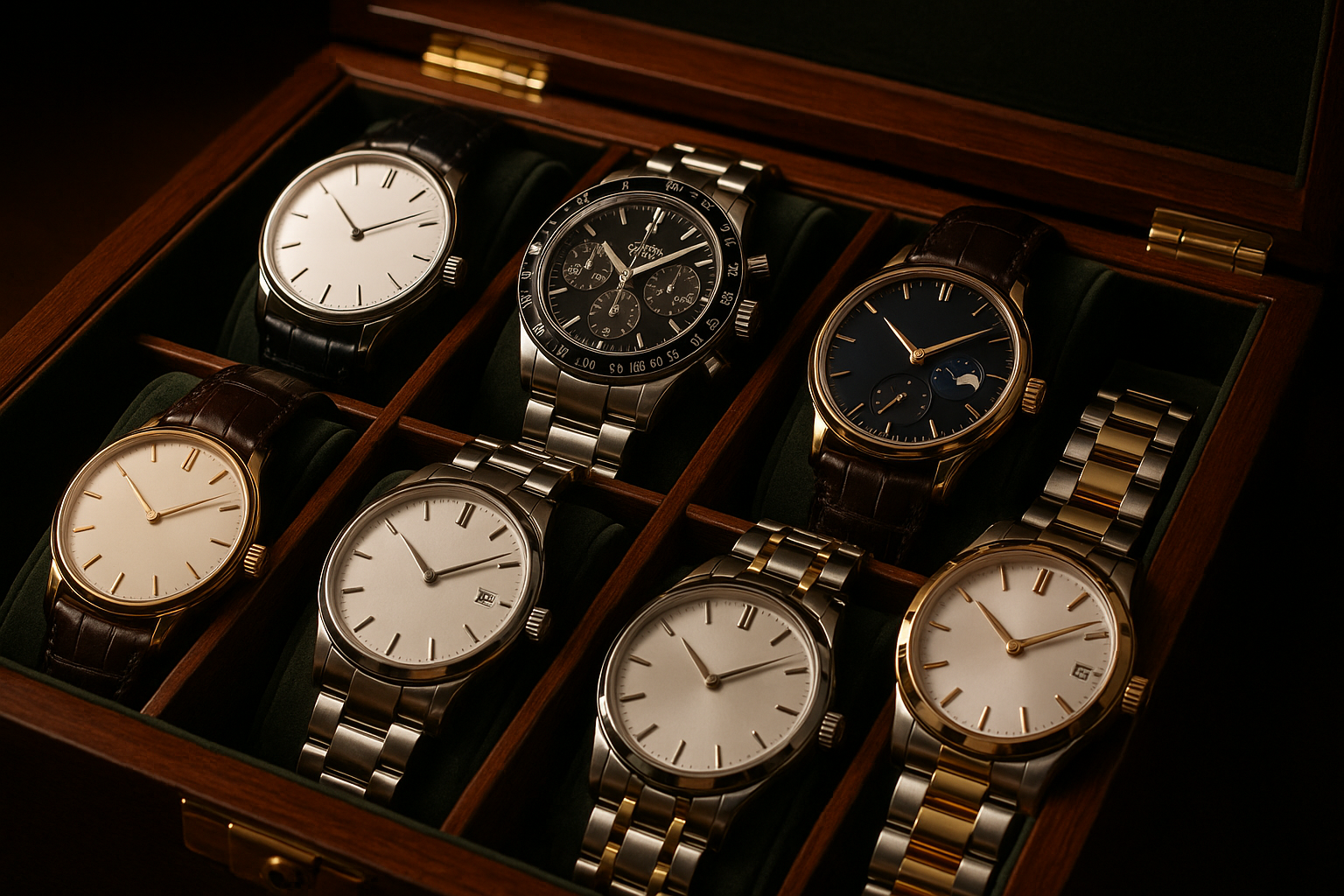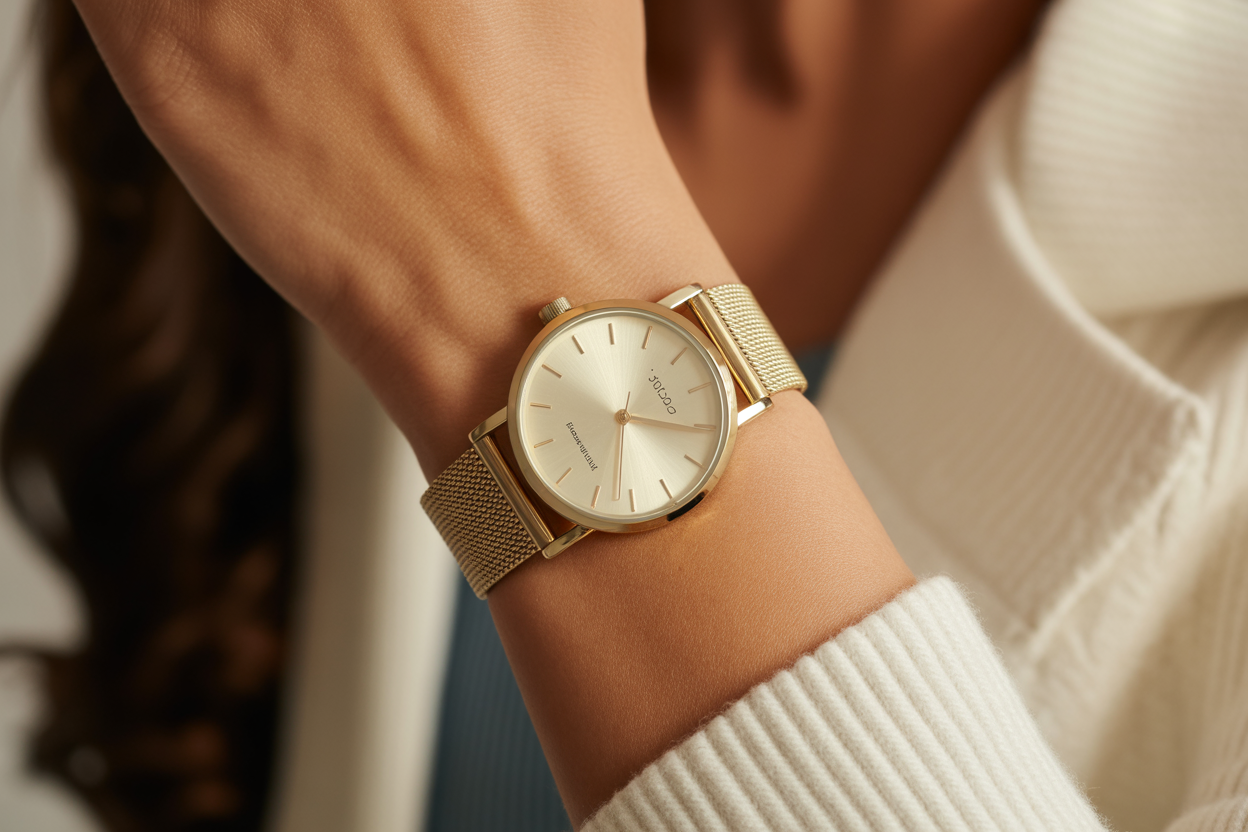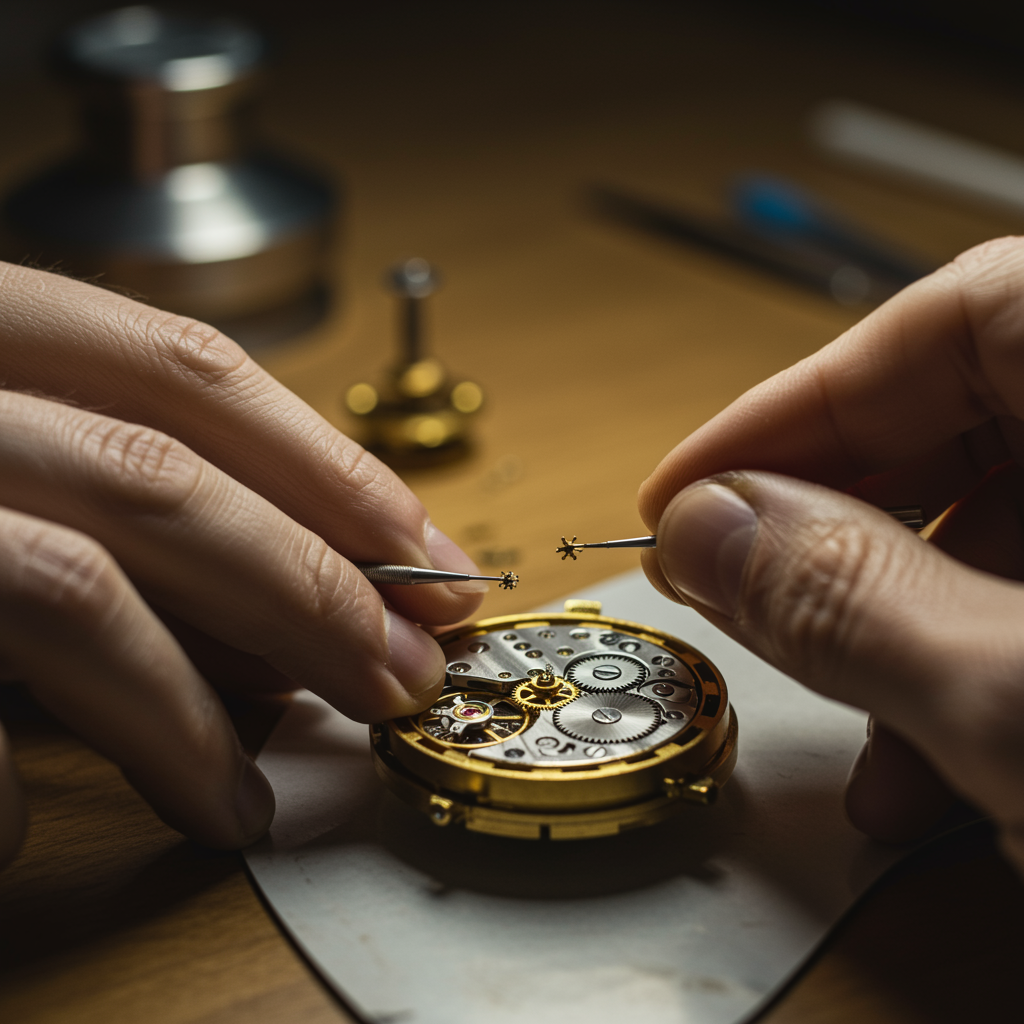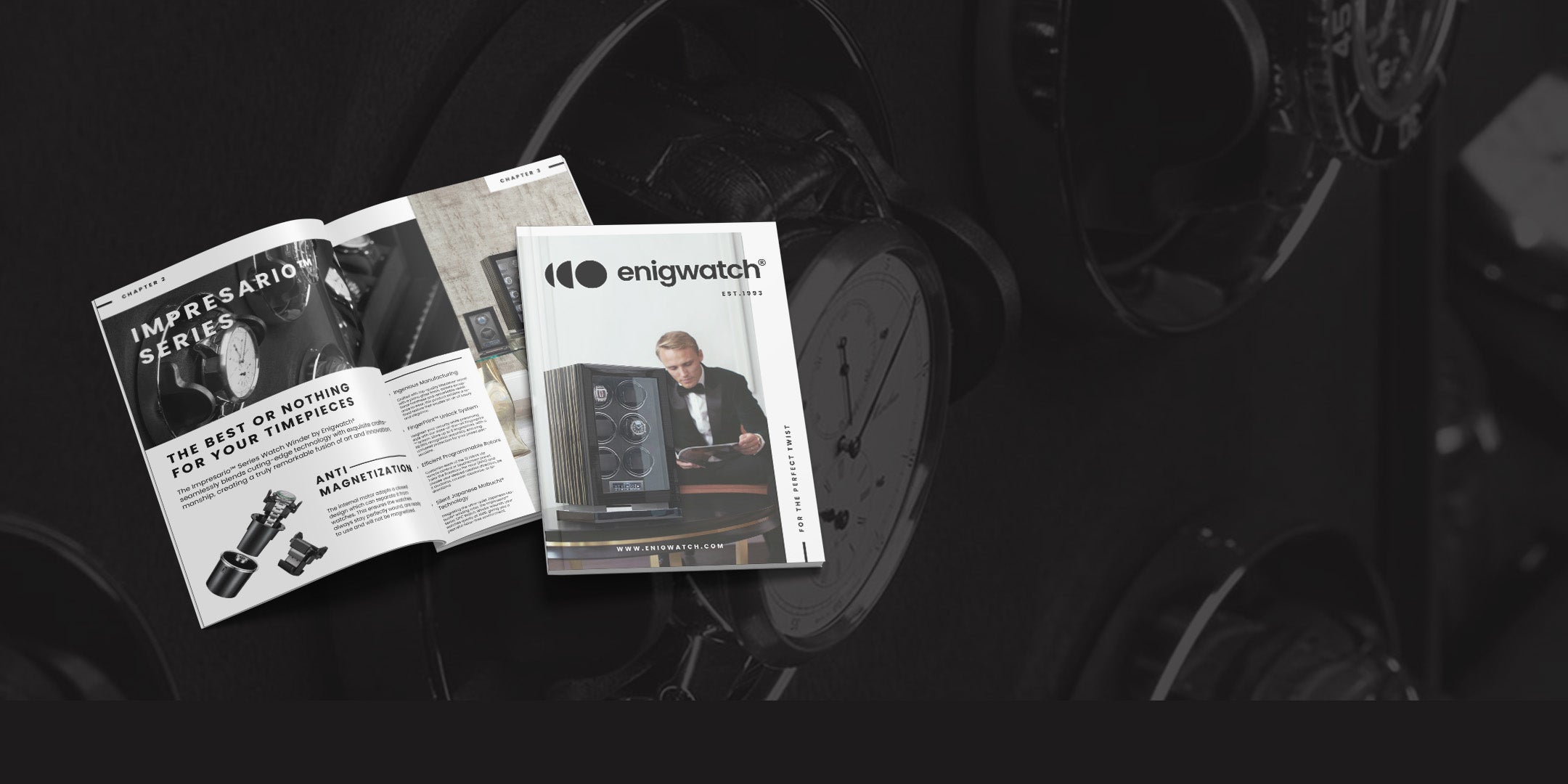Tudor and Omega are two of the most iconic and beloved watch brands in the world. Each brand has a rich history, a unique design aesthetic, and a commitment to innovation, performance, and quality. In this article, we will compare Tudor vs Omega in various aspects including its history, design, innovation, performance, materials, prices, and values.
History: Tudor vs Omega

Hans Wilsdorft, the founder of Rolex, found this Tudor in 1946. He created Tudor as a more affordable alternative to Rolex. Over the years, Tudor built a strong reputation for producing durable, high-quality watches. Additionally, they emphasize precision and functionality in all their designs.
In contrast, Omega has a much longer history. Louis Brandt founded Omega in Switzerland in 1848. Omega is known for producing high-precision watches throughout its history. Moreover, its watches have been worn by iconic figures worldwide. For example, James Bond frequently wears Omega, adding to its appeal. Additionally, astronauts have relied on Omega watches during space missions. This showcases the brand’s global popularity and trustworthiness.
Design: Omega vs Tudor
Tudor and Omega both have distinctive design aesthetics. Tudor watches showcase a rugged, sporty look, emphasizing function and reliability. Moreover, Tudor is known for its unique snowflake hands and vintage-inspired designs. These features set the brand apart in the world of horology.
On the other hand, Omega focuses on elegant and sophisticated designs, highlighting luxury and high-end materials. Additionally, Omega is famous for its iconic Seamaster and Speedmaster collections. These collections have become legendary in the watchmaking industry, further solidifying Omega's reputation.
Innovation: Tudor vs Omega
Both Tudor and Omega are committed to innovation, with each brand introducing new technologies and features to their watches over the years. Tudor, for example, introduced its first diving watch in 1954 and has continued to innovate in the field of diving watches ever since. Omega, meanwhile, has a long history of introducing new technologies to its watches, including the co-axial escapement, which is designed to improve accuracy and reliability.
Related Article: Omega vs Rolex: A Battle of the Luxury Watch Brands (2023 Review)
Performance: Tudor vs Omega

When it comes to performance, both Tudor and Omega are highly respected watch brands with a long history of producing high-quality watches. While both brands excel in terms of performance, there are some key differences between the two.
Tudor is known for producing durable and reliable watches that are designed to withstand the rigors of everyday wear, particularly in the field of diving watches. Tudor has a reputation for producing some of the best diving watches on the market, and their watches are often used by professional divers.
For example, the Tudor Black Bay is a highly-regarded diving watch that has a water resistance of up to 200 meters and is equipped with a rotating bezel that allows divers to track their dive time. Additionally, Tudor has introduced innovative features in their watches such as the Pelagos model that uses a helium escape valve to prevent damage to the watch during decompression.
Omega, on the other hand, is known for its precision and accuracy. Many of its watches have COSC certification from the Swiss Official Chronometer Testing Institute. This certification ensures that the watch remains accurate within specific tolerances. Omega watches often serve in scientific and military applications where accuracy is crucial.
For example, the Omega Speedmaster was the first watch to be worn on the moon and has since become an icon in the world of horology. The Speedmaster has a highly accurate chronograph movement and is able to measure elapsed time with extreme precision.
Materials: Tudor vs Omega

Tudor uses a variety of materials in the production of their watches, including stainless steel, titanium, and ceramic. Tudor focuses on durability and reliability, which is reflected in the materials they use. For example, Tudor uses a titanium case and bracelet for the popular Pelagos diving watch. This material makes the watch lightweight and corrosion-resistant, enhancing its functionality. Additionally, Tudor uses a unique ceramic material called "Ceramic Shield" in some of their watches, which provides excellent scratch resistance.
Omega, on the other hand, uses high-end materials in its watches, including gold, platinum, and diamonds. Additionally, people often view Omega watches as luxury items, and the materials reflect this focus on elegance and sophistication.
For example, the Omega Seamaster Aqua Terra is a popular dress watch that is available with an 18k gold case and bracelet. Additionally, Omega uses high-quality materials in their watch movements, including silicon hairsprings, to improve accuracy and reliability.
Prices: Tudor vs Omega
Tudor watches are generally more affordable than Omega watches, with prices starting at around $2,000 and going up to around $8,000 for its most expensive models. Omega watches, on the other hand, are generally more expensive, with prices starting at around $3,000 and going up to over $40,000 for its most expensive models.
Related Article: Buying Guide: The Best Watch Winder for Omega to Store Your Precious Timepieces (2023 Edition)
Exclusive Watch Winder for Tudor vs Omega
Choosing between Tudor or Omega is already a mark of refined taste. But how do you ensure these exquisite timepieces maintain their precision and elegance when not adorning your wrist? The answer lies in a premium watch winder. Let's dive into the best watch winder options for Tudor and Omega:
IMPRESARIO™ Series 6
IMPRESARIO™ Series 6
Presents the Macassar wood, Fingerprint™ security, programmable rotors, silent Mabuchi® tech, and touchscreen settings. Sophisticated elegance for discerning collectors.
Discover NowBest Deals
Enigwatch designed the Impresario Series 6 Watch Winder as a luxurious accessory to maintain the precision of six automatic watches. It features a high-quality Macassar wood exterior with a piano gloss finish, a fingerprint unlock system for security, and efficient programmable rotors controlled via a touchscreen panel. With customizable settings for rotations per day and direction, and interior ambient lighting, this winder combines functionality with elegance, making it an ideal choice for Tudor and Omega watch collectors.
Product Specifications:
- Type: Watch Winder
- Material: Wood/MDF
- Weight: 9.2 kg/20.3 lbs
- Dimensions: L. 10.8" x W. 7.7" x H. 17.7"
- Power supply: 5V3A
- Range: 460 to 1920 turns per day (TPD)
- Engine: Japanese Mabuchi® Rotor (10 dB)
- Technical highlights: 12 O'clock stop position, LED interior lighting, individual programmable rotors per watch, sleep phase
YACHTLINE™ Series 8
YACHTLINE™ Series 8
Elegant design, advanced security, and meticulous craftsmanship. Silent Mabuchi™ motor, LED touchscreen, personalized key, and universal compatibility for cherished timepieces.
Discover NowBest Deals
The Yachtline 8 Watch Winder by Enigwatch offers an elegant and secure solution for maintaining automatic watches. It features eight individually programmable rotors, a silent Mabuchi™ motor, and a range of 600 to 2100 turns per day (TPD). Designed with luxurious materials like velvet and silk fabric, it includes advanced security features like a smart remote control, multiple locking mechanisms, and non-magnetic construction to protect your timepieces. Available in Rosewood or Piano Black finishes, this winder combines functionality with sophisticated design.
Product Specifications:
- Type: Watch Winder
- Material: Wood/MDF
- Weight: 11.4 kg/25.1 lbs
- Dimensions: W. 9" x L. 17" x H. 11"
- Power supply: 5V1A
- Range: 600 to 2100 TPD (turns per day)
- Engine: Japanese Mabuchi® Rotor (10 dB)
- Technical highlights: 12 O'clock stop position, LED interior lighting, individual programmable rotors per watch, sleep phase
Values: Tudor vs Omega
Tudor and Omega share a common commitment to quality, innovation, and exceptional performance in their timepieces. However, they differ in their specific focus. Tudor emphasizes functionality and reliability. Meanwhile, Omega is well known for its luxury and use of high-class materials. The brand consistently maintains a reputation for excellence in craftsmanship.
In addition, both brands show a strong commitment to sustainability. They each take proactive measures to reduce their environmental impact. These efforts reflect their dedication to responsible manufacturing and future-conscious practices. Tudor and Omega recognize the importance of responsible manufacturing and have implemented eco-friendly practices throughout their supply chains. These efforts demonstrate a genuine concern for the environment and a long-term commitment to sustainability.
Final Thought
In summary, Tudor and Omega are two highly reputable and esteemed watch brands. Each of theam has a distinctive history, design philosophy, commitment to innovation, performance, and quality. Moreover, Tudor offers a more accessible price range, sturdy-quality, and athletic appearance. Meanwhile, Omega offers a more luxurious range with its sophisticated designs and use of high-end materials.
Ultimately, the decision between the two brands will depend on the individual wearer's personal preference, desired usage, and style preferences, but rest assured, both Tudor and Omega offer exceptional timepieces that are sure to impress.

